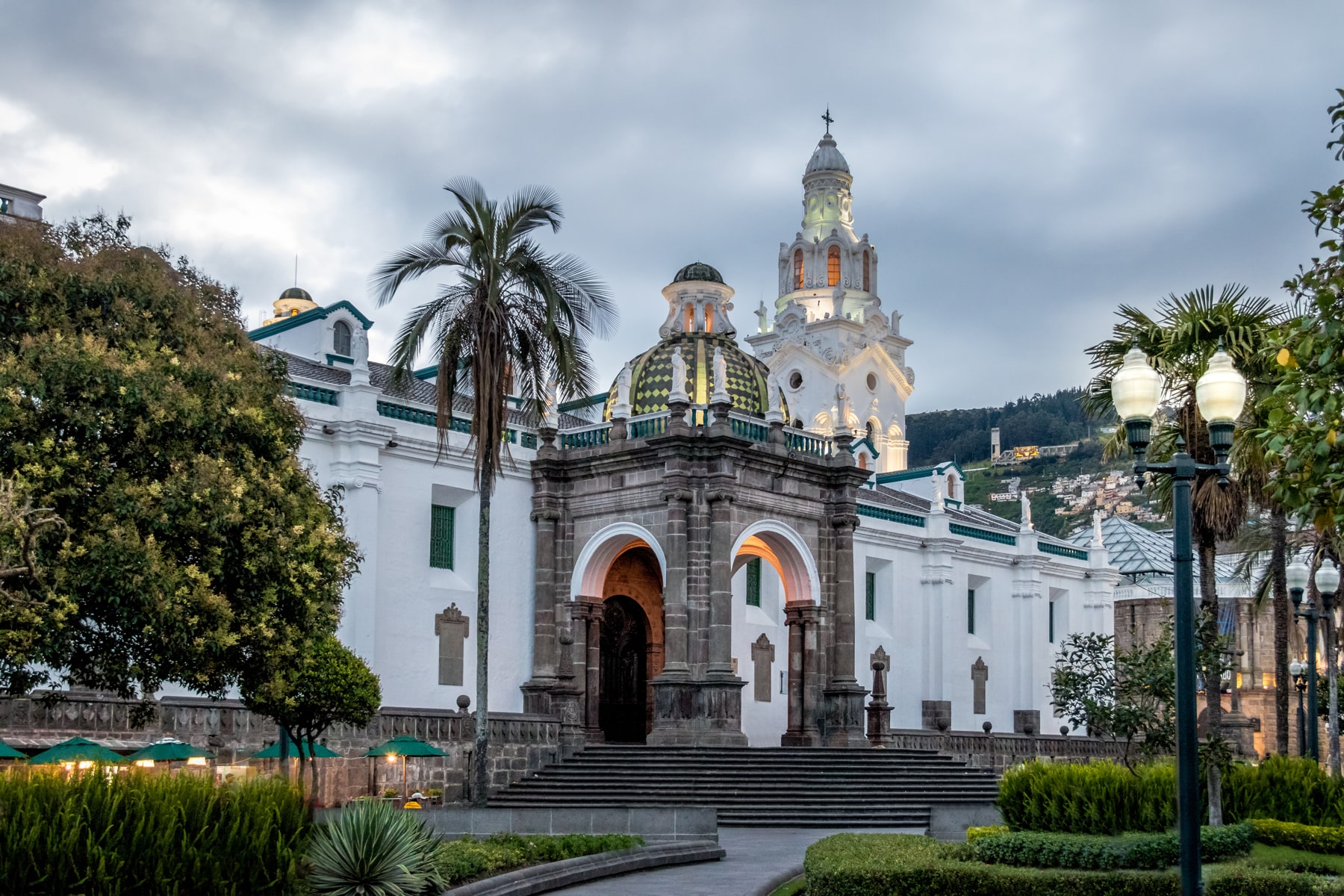Quito is not just a stop en-route to the Galapagos Islands but one of the leading cities of South America,. Voted one of the Best Destinations to Discover, according to National Geographic Traveler magazine. Here are 9 reasons:
Quito is at the middle of the world
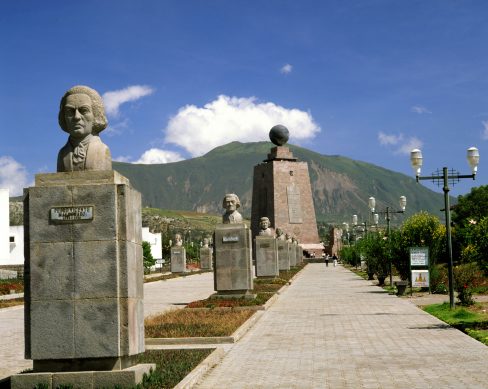
Quito is the capital city closest to the sun in both altitude and latitude. At a lofty 2,850 meters above sea level and is also near a place where you can straddle both Northern and Southern Hemispheres. A visitor site has sprung up at the “Centre of the World” where the equatorial line is drawn at Latitude 0 ° 0’0 ”. Despite the altitude Quito enjoys a spring-like climate, all year round.
An Unsurpassed Historical Centre
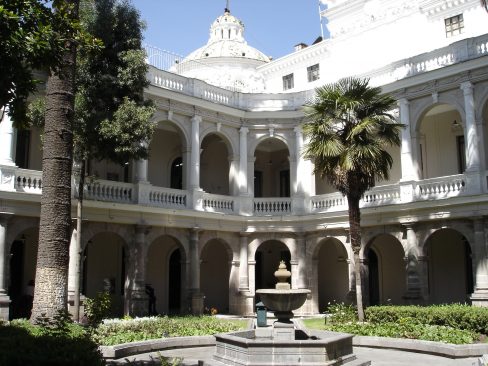
Quito was declared the first World Cultural Heritage site, with one of the best-preserved colonial centres in the Americas. Wander around restored gems such as La Compañía de Jesús, a baroque masterpiece; or the Plaza Grande, the main square surrounded by historical monuments; tour the religious complex of San Francisco. Ramble through La Ronda, a charming street that keeps traditional trades still alive. The historical centre is not just a museum, it is dynamic living place where inhabitants, religious devotees, public officials and merchants get on with their lives.
Quito’s Cuisine
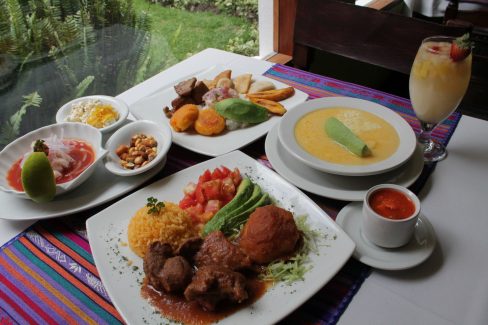
Quito’s cuisine is one of the best kept secrets. Try traditional mestizo dishes that mix the pre-Columbian and colonial. A fusion of Andean and Iberian culture. Try locro: potato & avocado soup, fritada: fried pork, empanadas: tasty pasties, home-made chilli sauces, paila fruit ice cream, the list goes on. Other dishes are influenced from the Pacific with fish and prawns and coconut. Taste the gourmet chocolates made with finest cacao and the high-altitude coffee. Enjoy fresh fruits throughout the year: such as the tree tomato, naranjilla, cherimoya, granadilla and taxo, babaco and much more.
Handicrafts and art
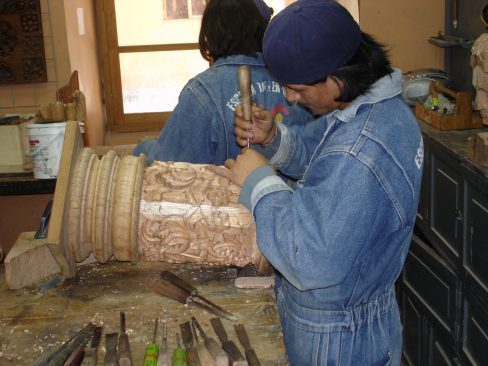
Quito was an important cultural and artistic centre during colonial times. These skills have been passed down through the ages. You can still see artisans plying their trades in their workshops: drapers, hatters, tailors, goldsmiths and jewellers. Colonial Quito fostered religious art, its well-known Quiteña School, produced some of the most important colonial artists including the sculptors Bernardo de Legarda and Manuel Chili and the painter Miguel de Santiago; discover their works in the many museums and churches.
A Bit of Culture
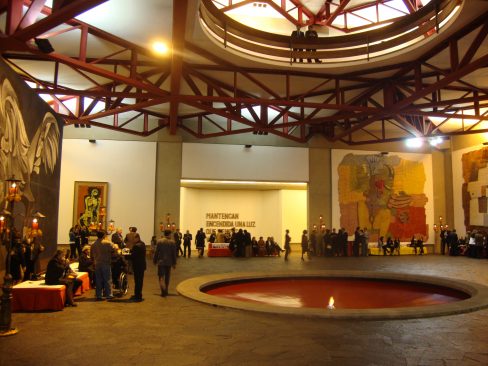
Quito has many places with permanent and temporary exhibitions, theatre, music or film. Highlights are The Museum of the City, the Museum of El Alabado (with pre-Columbian treasures), a Wax Museum, the Sucre Theatre, the Centre of Contemporary Art and Music to name a few. For archaeology buffs, take a trip to the site museums in Tulipe, Rumipamba or La Florida. Children also have their spaces in the Yaku Park Museum, the Interactive Science Museum and the Train Museum.
Nightlife
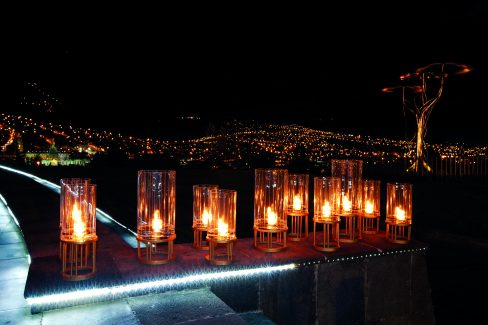
Ask our local guide to recommend one of the many restaurants, cafes, bars and clubs in the sectors of La Mariscal, La Floresta, Guápulo and La Carolina. There you will find music, local and international cuisine and, above all meet the locals having fun.
Take a Train
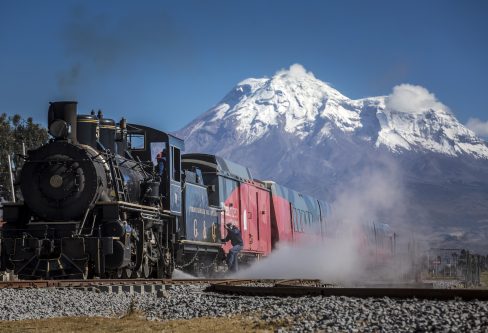
From the district of Chimbacalle, in Quito, you can embark on a journey in “the most difficult railroad in the world”. An ambitious work of engineering linking the coast with the Andes, built the beginning of twentieth century. Now it has become a heritage tourist train, including the famous Devil’s Nose zig-zag through the Andes. Today you can take upscale pullman on a four-day journey or take the local one-day train. The slow pace better to appreciate the Andean scenery.
Shopping
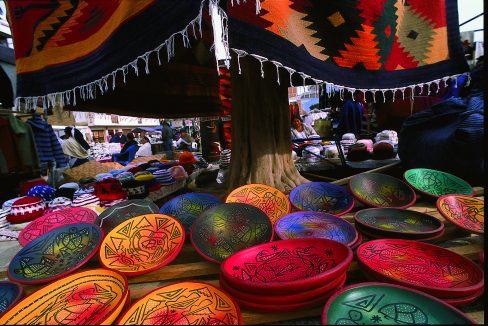
Quito is ideal for retail therapy, you will find a variety of choice for all tastes and budgets. From modern shopping centres such as Quicentro Shopping or Mall El Jardín, or stores of Ecuadorian contemporary design in La Floresta district or La Mariscal; likewise in the Historical Centre you can look at handicraft shops such as El Quinde, with Andean alpaca clothing, gold, silver, filigree jewellery, leather goods and weavings. Unique products are vegetable ivory (tagua) from the Amazon and the famous straw hats (misnamed Panama Hats). In Quito you will find paintings, sculptures in street markets and in La Mariscal there are galleries and antique shops.
The Paramo and the Cloud Forest
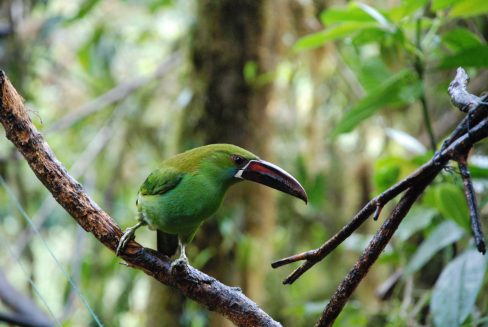
Just an hour or two away from Quito, you can enjoy two different environments. Firstly, the haciendas located in the Andean moorland. Enjoy thermal waters, horseback riding, hiking, mountaineering, flower plantations and more. Alternatively head to the Northwest, you can discover the subtropical cloud forest, a paradise for bird watching, with more than 500 species. One of the best places to see dozens of species of hummingbirds and butterflies. Two completely opposite worlds, one warm and one cold.
To visit Quito as part of a tailor-made tour please see our journey ideas at Select Latin America.
RELATED: Top 10 places to visit in Ecuador
Like what you read in this blog? Talk to our travel expert to plan your dream trip to South America
Send message
